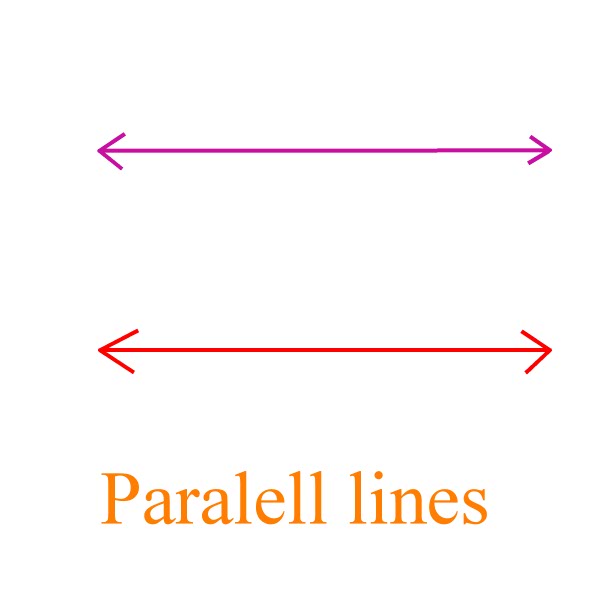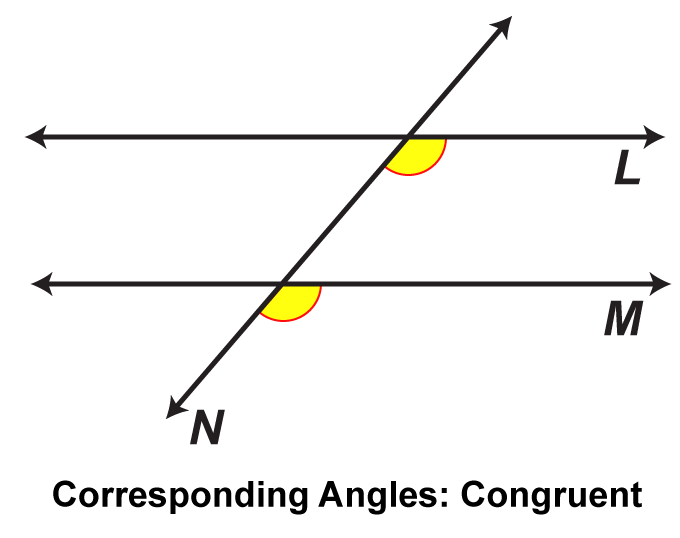Looking Good Info About Do Parallel Lines Equal 90 Add Secondary Axis Excel 2017

Any two parallel lines are always equidistant.
Do parallel lines equal 90. The red line is parallel to the blue. Decide if the lines are always the same distance apart. Y = mx + b.
Parallel lines are always at an equal or same distance from each other. This occurs for example in car suspension, where the springs and shock absorbers connect at an angle to their parallel joining components. The symbol for parallel is \(||\).
As with parallel lines, we can determine whether two lines are perpendicular by comparing their slopes. Often with parallel components, there is also a linear item joining them, which is not at 90 degrees. Parallel lines are the lines that never intersect each other and are equidistant.
Parallel lines never meet even after they are extended infinitely. Parallel lines never intersect, and perpendicular lines intersect at a 90 degree angle. If two straight lines lie in the same plane, and if they never intersect each other, they are called parallel lines.
In summary, the angles that fall on the same sides of a transversal and between the parallels (called corresponding angles) are equal. Parallel lines are lines in the same plane that go in the same direction and never intersect. Parallel lines are lines that are lying on the same plane but will never meet.
The parallel line needs to have the same slope of 2. If the slopes of the lines are both zero, the lines are horizontal and are parallel by definition. And passes though the point (5,4) the slope of y = 2x + 1 is 2.
Parallel lines are the set of lines that lie on the same plane but never intersect each other, even if you extend them infinitely. The arrow marks are used to indicate the lines are parallel. Perpendicular lines always intersect at an angle of $90^{\circ}$.
They are always at an equidistant apart. No, parallel lines do not have the same equation, but they have the same slope. What are the properties of parallel lines?
We can identify these lines using angles and symbols in diagrams. When a third line, called a transversal, crosses these parallel lines, it creates angles. Learn how to identify parallel and perpendicular lines.
Two angles are said to be supplementary when the sum of the two angles is 180°. Parallel to y = 2x + 1. If parallel lines are cut by a transversal (a third line not parallel to the others), then they are corresponding angles and they are equal, sketch on the left side above.














![How to find the measure of an angle in parallel lines? [SOLVED]](https://d138zd1ktt9iqe.cloudfront.net/media/seo_landing_files/parallel-lines-1613738622-1620048398.png)








